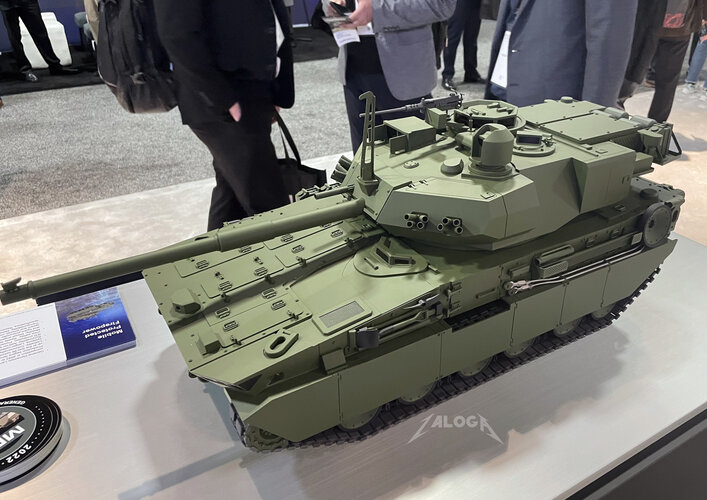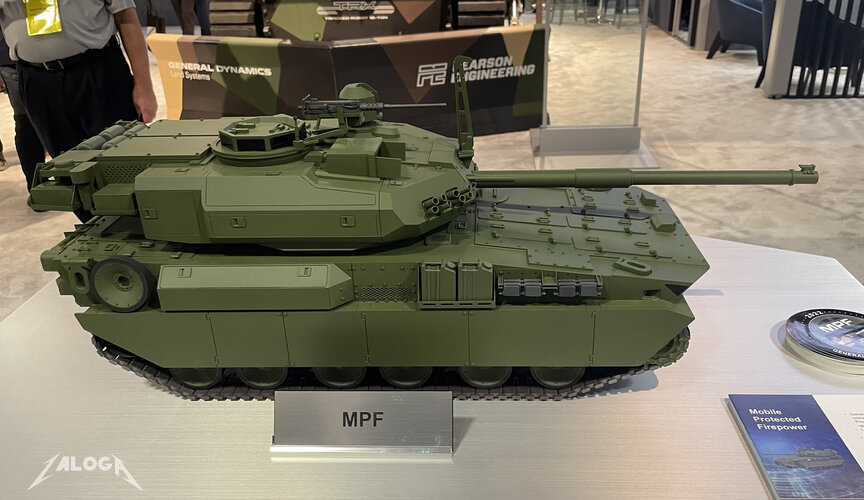Oct 11, 03:00 AM
General Dynamics Land Systems will start manufacturing in November the U.S. Army’s Mobile Protected Firepower system, the first new combat vehicle to enter the force in nearly four decades.
The system features a new chassis design, while drawing from other GDLS programs to reduce risk, Kevin Vernagus, company program director for the MPF system, told Defense News. The turret is also “largely new and with different materials than normal” he added, but “we still retain the interior look, feel and controls similar to an Abrams” main battle tank.
With the initial vehicles set to take shape on the production line this fall, the first low-rate initial production MPF will head to the service by the end of fiscal 2023, Maj. Gen. Glenn Dean, the Army’s program executive officer for ground combat systems, told Defense News.
GDLS will initially deliver 26 vehicles, but the contract allows the Army to buy 70 more over the course of low-rate initial production for a total of $1.14 billion. At least eight of the 12 prototypes used during competitive evaluation will be retrofitted for fielding to the force.
The first unit will receive a battalion’s worth of MPF systems — 42 vehicles — by the fourth quarter of fiscal 2025. The Army plans to enter full-rate production in calendar 2025.








